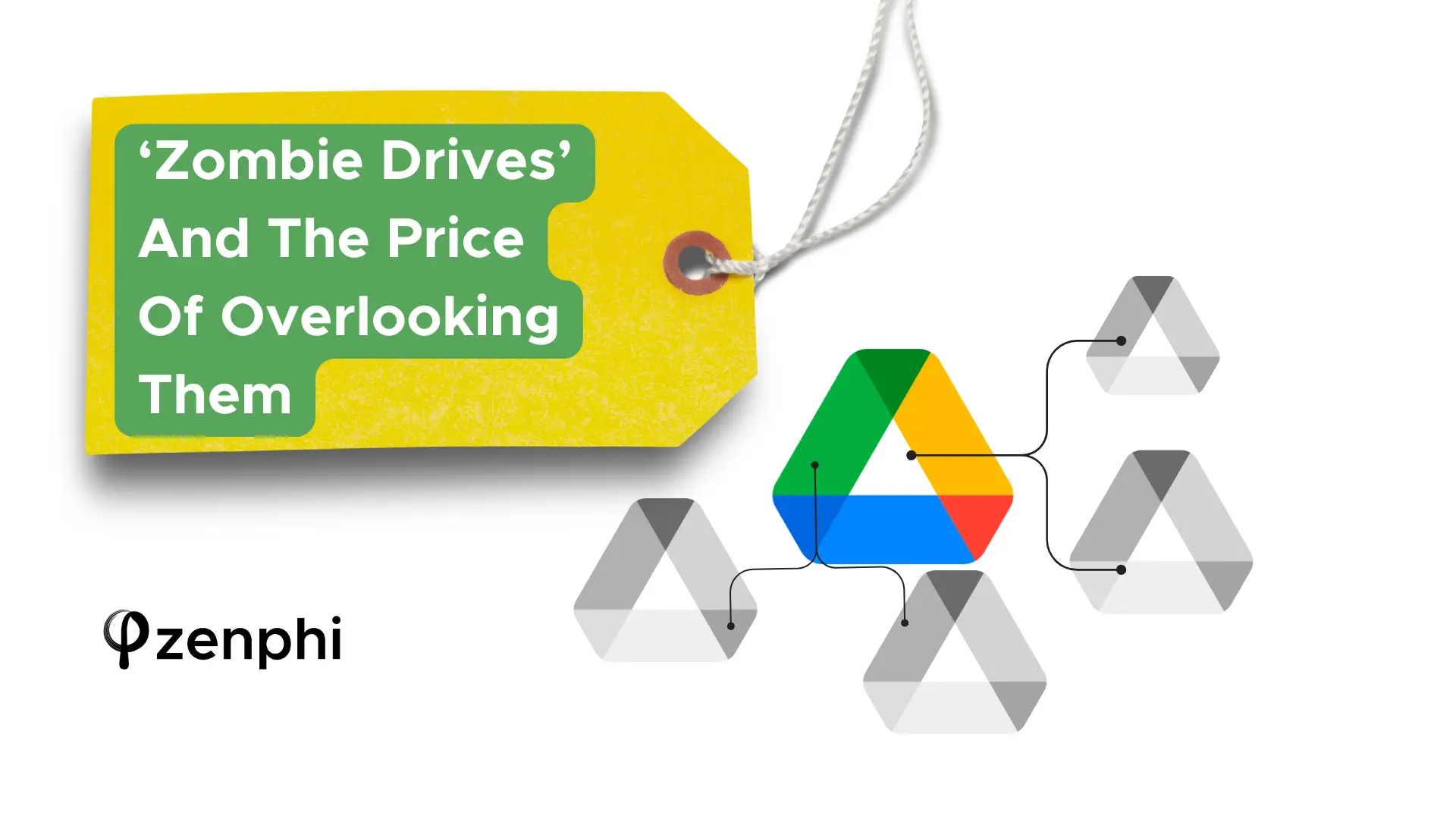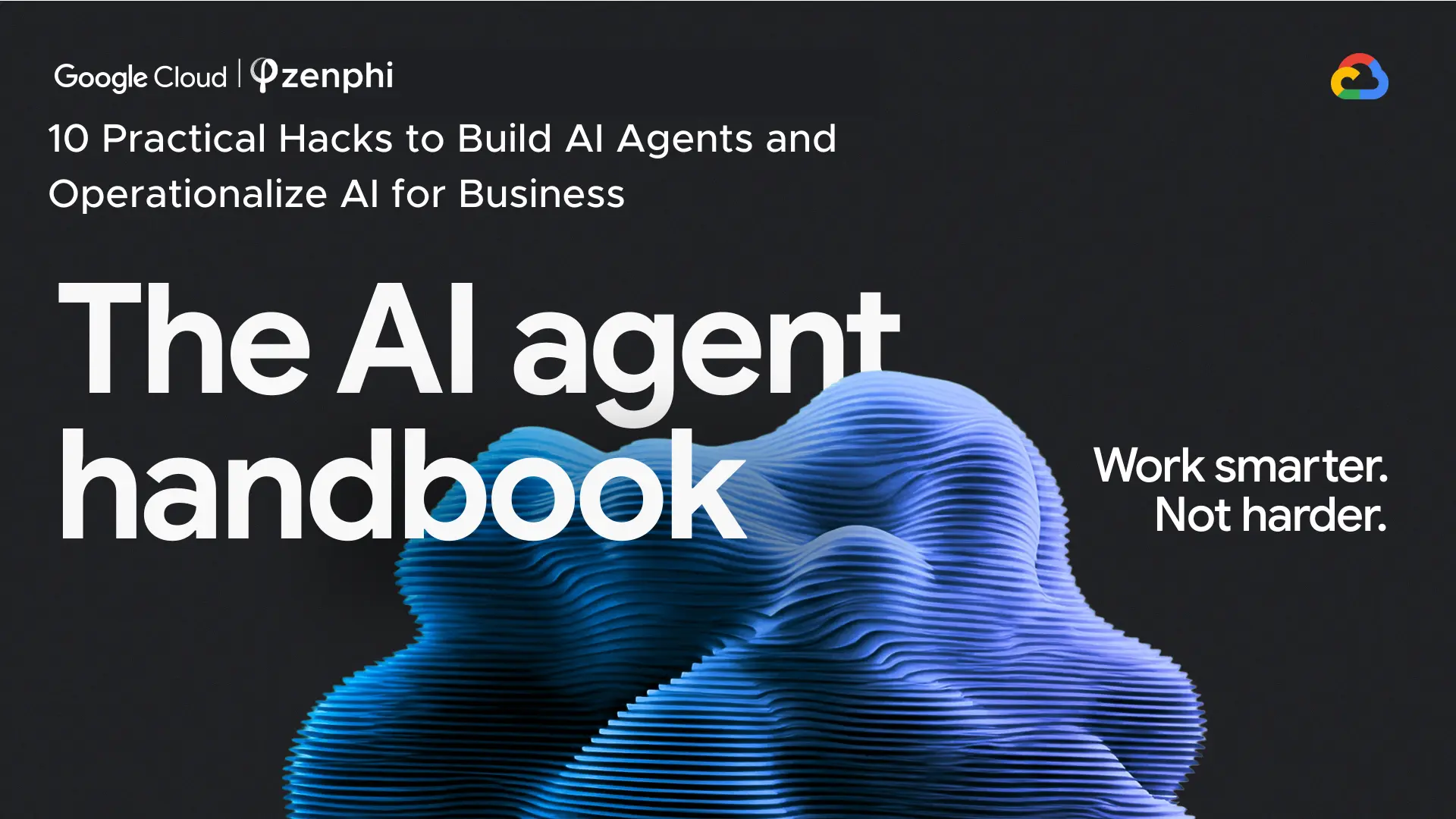How overlooking “zombie drives” can breach your Google Workspace security, and how to manage them properly within your Google DLP strategy.
Table of Contents
What Are "Zombie Drives"
“Zombie” drives, often referred to in the context of Google Workspace and similar platforms, are Shared Drives (formerly known as Team Drives) that no longer have any active members associated with them but still contain data.
These drives are very often overlooked because they become ownerless when members leave the organization or are removed from the drive without transferring ownership or deleting the drive.
How "Zombie Drives" Can Harm Your Google DLP Strategy
Data Security Risks
Zombie drives can contain sensitive or critical business data that is no longer actively managed or monitored. Without proper oversight, this data can be susceptible to unauthorized access or breaches. Since no one is overseeing these drives, it’s also unclear who has or can gain access, making it a potential goldmine for internal or external threats.
Compliance Issues
For organizations subject to regulatory requirements regarding data management and protection, zombie drives pose a compliance risk. These drives can contain information that should have been archived or deleted according to company policies or legal standards. Failure to properly manage this data can lead to non-compliance with GDPR, HIPAA, or other data protection regulations, potentially resulting in fines and legal challenges.
Other Outcomes Of Having Zombie Drives
Inefficient Data Management
Zombie drives contribute to data sprawl, where data is dispersed across many locations without adequate management. This dispersion makes it difficult for organizations to know what data they have and where it is stored, complicating efforts to organize, manage, and protect information effectively.
Increased Costs
In cloud storage solutions where pricing is based on storage volume, maintaining zombie drives can lead to unnecessary costs. Organizations might end up paying for storage that is not being used effectively or that holds outdated, redundant, or trivial data.
Operational Inefficiencies
Searching for information across multiple unmanaged drives can be time-consuming and frustrating for employees. It can decrease productivity as employees might spend excessive time looking for information scattered across various inactive drives.
How To Solve The Zombie Drives Problem Within Google Workspace
Unfortunately, there’s no native Google solution to solve the problem of zombie drives. Google’s official recommendation is to:
- Regularly audit shared and team drives to ensure that all drives have active owners and members.
2. Implement policies for the automatic deletion or archiving of drives that no longer have active users or a defined purpose.
3. Use administrative tools and solutions that help manage and monitor shared drives to ensure compliance and efficient data management.
All these recommendation are too general to be practical. That’s where Zenphi, a must-have Google admin tool, and Google Drive automation come in. It allows Google admins to solve the problem of abandoned drives once and for all through a very simple automated workflow.
Watch this video tutorial on how to build Zenphi flow that would automatically audit shared drives with no members within your Google Workspace. And — most importantly — capture all files from these drives that have been ever shared externally, and take immediate action!
Video Tutorial On How To Automatically Locate Zombie Drives & All Files On Them That Have Been Shared Externally
Watch this video to learn how to build an automated external file sharing audit flow in just 5 minutes and boost the efficiency of your Google DLP strategy.
Sign Up For Free
Have more Google Admin tasks to automate? Sign up for a free trial to experience the power of Zenphi automations first-hand!




